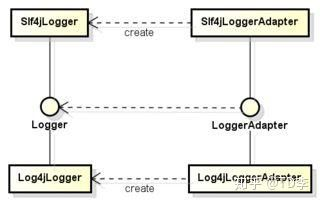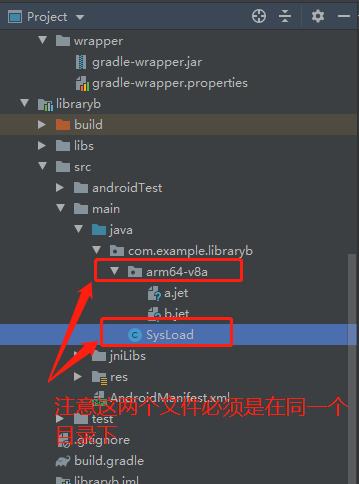I have successfully installed Apache 2.2.11 and PHP 5.2.8 under Red Hat 9.0 on a Pentium 166 with 32 MB of RAM.
While I used RH9, the worst possible case, these notes are probably good for RH-based distributions too (Red Hat Enterprise, Fedora, CentOS...)
If you want to install MySQL, it needs to be installed before PHP because PHP requires some libraries be available.
One think important when picking up a binary distribution of MySQL is to download all four packages: MySQL-server, MySQL-devel, MySQL-client and MySQL-shared. Note: The MySQL was bundled with PHP 4 but is not anymore in PHP 5.
Then you need to install Apache before PHP, because again PHP needs some libraries be available. I installed Apache 2 from source, using the very last version available, which is 2.2.11.
I installed PHP 5.2.8 from source. Here, I had a number of problems, but none which I could not resolve easily, some of them with a little help from different forums I found through Google.
Rembember: When it says you need a package named xyz and you notice there is also one named xyz-devel, grab it.
Most of the packages I got from:
http://legacy.redhat.com/pub/redhat/linux/9/en/os/i386/RedHat/RPMS/
A similar page exists for other versions of Red Hat
and:
http://rpmfind.net/
This site has an updated version of some of the packages. Make sure to use only the one labeled for you version (in my case, Red Hat 9.0) or it will not likely work.
You already have glibc and glibc-common installed, but you need to get glibc-devel and glibc-kernheaders. Make sure to match glibc's version (rpm -q glibc). Note: When it says kernel-header is a required dependency, that's glibc-kernheader (not kernel-source). You will also need binutils (no need to match the version), and gcc and cpp (version must match).
You need zlib-devel (zlib is probably already installed, match the version you have).
If you install the GD extension, the actual library is already bundled with PHP 5 (use that one, they have done some changes in there, so don't upgrade), but you will need to install libpng and libpng-devel (match version, or disable in configure if you don't want) and libjpeg (no -devel with that one).
You will also need libxml2. Now there were a problem, because PHP requires libxml2 be 2.6 or greater, but Red Hat only supplied 2.5.4-1 for RH9 (if you have a more recent distro, you might be more lucky). After looking for a while, I decided to grab the source code for the most recent distribution at the official website (http://xmlsoft.org/) and compiled.
Hope my post is useful to someone. Please, share your experience when compiling/installing for your particular platform and setup. Remember how hard it's been for you the very first time. I confess, my very first server installation took me nearly a week and I was glad others helped me.



 Unix 系统下的 Apache 1.3.x
Unix 系统下的 Apache 1.3.x
 add a note
add a note





 京公网安备 11010802041100号
京公网安备 11010802041100号